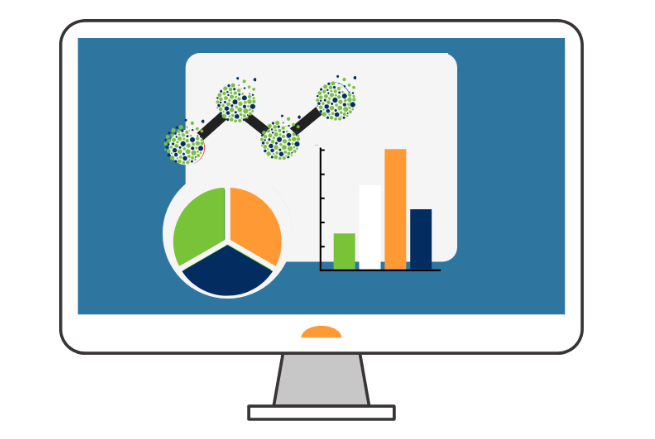We are extremely proud of the work we do and our achievements. Since our foundation in 2013, we have grown into a comprehensive network connecting schools with researchers, policymakers, and health practitioners. Our mission is to promote evidence-based health and well-being improvements in school settings across Wales, ensuring that every child has the opportunity to thrive.
Here’s a more detailed look at our history:
2013: Foundation and Early Years

The School Health Research Network (SHRN) began with funding from a Medical Research Council partnership and was implemented as part of the World Health Organisation’s (WGHO) Health Behaviour in School Children (HBSC) study. This partnership included the Welsh Government, Public Health Wales, and Cardiff University.
Initially, all HBSC secondary schools in Wales were invited to join, with 69 schools taking part. The network aimed to see if it was practical and well-received, gather evidence more often, and use this information to improve health policies and practices in schools. The primary aim of SHRN is to connect schools with academic researchers, policymakers, and health practitioners to promote evidence-based health improvements in school settings. The HBSC survey, conducted every four years, has been a continuous part of this effort in Wales.
2015-2016: Expansion in Secondary Schools

During this period, the network grew significantly to include 115 secondary schools and established its first regional footprints, supported by funding from Health and Care Research Wales. This expansion allowed for the collection of health and well-being data across more secondary schools every two years.
This survey is based on the WHO (HBSC) framework, ensuring that the data collected is relevant and comparable internationally every four years. The network also collected The SHRN School Environment Questionnaire (SEQ) on the HBSC survey, but was flexible enough to measure new policies and procedures. This helped researchers understand how school policies affect learner health, and it helped policymakers and practitioners see how well these policies were being adopted and put into practice.
2017: Complete Secondary School Integration

Recruitment was opened to all secondary schools in Wales, leading to the inclusion of all regular secondary schools in the network. This was a big step in bringing together health and well-being data collection across Wales.
In 2018, SHRN received the Innovation in Health Care Award at Cardiff University’s Innovation and Impact Awards. This was in recognition of the collaboration achieved with stakeholders, including Welsh Government and Public Health Wales.

2020: Expansion into Primary Schools

The Welsh Government provided funding for work to develop a model for expansion of SHRN to primary schools and to evaluate a number of key feasibility related issues. This included a national survey of Year 6 pupils, with extra samples from local authorities, to report on pupil well-being at school, local authority, and national levels.
2023: Comprehensive Mainstream School Coverage
By 2021, all secondary schools were members of SHRN, with over 120,000 secondary school learners participating in our 2022 data collection, whilst over 50% of primary schools have joined us in the first year of the primary school survey in 2023, making it the most far reaching and in-depth survey of its kind. This coverage helps us better understand health and well-being changes from childhood to adolescence. It also supports learners with important transitions, such as moving from primary to secondary school.

2023: Centralised Data Dashboard

The launch of the SHRN School Data Dashboard with Public Health Wales gives more people access to SHRN data. This helps make better policy and practice decisions, ensuring actions and decisions across Wales are based on solid evidence.
A prototype of The SHRN School Level Data Dashboard has been developed, as part of a Mental Health Data Prize project, funded by Wellcome. This interactive tool, created by SHRN with Public Health Wales, gives access to detailed health and well-being data for secondary school children in Wales, helping them to make informed decisions based on solid evidence. Its release is scheduled for 2025-2026.

Future Direction
We continue to evolve, focusing on generating new research evidence and facilitating collaboration among schools, practitioners, policymakers, and researchers.
Our future direction includes expanding to primary schools in Wales; exploring integration of nonmainstream schools; improving data collection with tools like the SHRN School Data Dashboard; turning research into practical policies; ensuring ongoing support and growth and working with international partners to share best practices.

